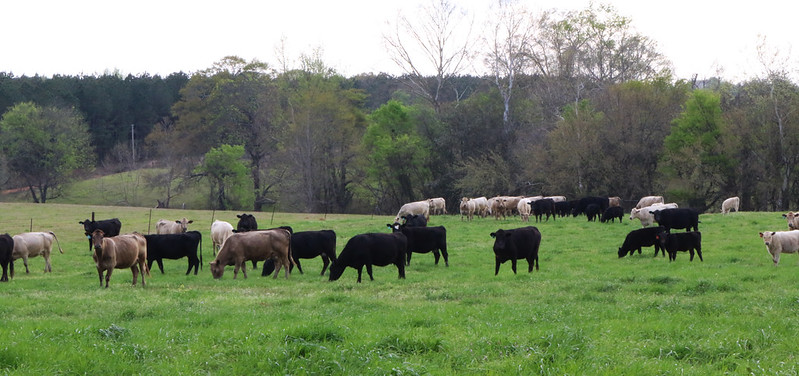Libby Dimenstein is a law student enrolled in the Harvard Law School Food Law & Policy Clinic and guest contributor on this blog.
After three long days, it finally happened: the major news networks called the 2020 presidential election for Joe Biden. Although farmers expressed strong support for Trump in months leading up to the election, perhaps because they feared that a Biden Administration would impose stricter environmental regulations and higher taxes, their endorsements were not enough to overcome the large, pro-Biden turnout in cities like Detroit, Atlanta, and Milwaukee. The Blue Wall held.
Support for Biden did not, however, turn the Senate blue; Mitch McConnell’s reign continues. As such, it is hard to know how much change we can expect in the 2023 Farm Bill. Although a Republican Senate is unlikely to agree to any major reforms, it is unclear whether that will last. We have two Georgia runoffs and a 2022 election in the meantime.
What we can expect is change at the executive level. Over the course of his campaign, Biden made a number of agriculture- and food-related commitments, some of which offer the exciting possibility of much-needed reform. In his Plan to Build Back Better in Rural America, Biden discusses a variety of issues central to rural life, including agriculture, racial inequity, the climate crisis, and economic stagnation. Biden asserts that he will invest in diverse farmers by expanding the Obama-era microloan program for new and beginning farmers and ending the USDA’s shameful pattern of discriminating against Black farmers. As part of this initiative, Biden plans to establish an Equity Commission, promulgate regulations that maintain heirs’ ownership of family farms, and bolster diverse land ownership by providing supplementary credit and technical support to BIPOC farmers and ranchers. Biden says he will suspend America’s trade war with China, enforce antitrust laws more vigorously against monopolistic agricultural practices, and expand broadband to every American. He also intends to broaden protections for farmworkers, the majority of whom are BIPOC and many of whom are immigrant farmworkers, by working with Congress to provide them legal work status based on past work history and mandating safe living and working conditions.
Perhaps most notably, Biden has put forward the goal of zero-emissions agriculture. According to his plan, Biden intends to pay farmers to sequester carbon in soil. To accomplish this, he says that he will expand the Conservation Stewardship Program (CSP) to ensure that farmers are payed for carbon-sequestering practices like cover cropping; he also intends to allow CSP to participate in carbon markets. Additionally, Biden hopes to promote ethanol and other cellulosic biofuels.
It is unclear if Biden’s goals are ambitious enough or whether he has surrounded himself with the type of people who will push real agricultural reform. For example, his plan to incentivize biofuel production could reward large farms that generate huge amounts of waste or grow monoculture corn that degrades the environment. Even more troubling, his plan conspicuously does not address the enormous role that animal agriculture plays in generating greenhouse gas emissions and polluting air and water, especially in poor and BIPOC communities. This omission might be explained by the fact that Tom Vilsack, the Secretary of Agriculture under President Obama and a current representative of the dairy industry, is advising the Biden campaign. Furthermore, former North Dakota senator Heidi Heitkamp is a top contender for Secretary of Agriculture; her strong ties to the coal and oil industry have caused some to question whether she would take a progressive stance on climate mitigation were Biden to select her.
Even if Biden does push forward a progressive agriculture agenda, he will face resistance from the Republican Senate and conservative Democrats from rural states. Still, there is reason for hope. Some reforms, such as changing how CSP allocates funding to conservation projects or promulgating more protective working conditions for agricultural workers, can be done at the administrative level. Others that require legislation could garner bipartisan support; after all, the Farm Bill is one of those increasingly rare enterprises that passes across party lines. Either way, Biden’s victory offers FBLE and other advocates a fighting chance to reform how farming is done in America.
The views and opinions expressed on the FBLE Blog are those of the authors and do not necessarily reflect the official policy or position of FBLE. While we review posts for accuracy, we cannot guarantee the reliability and completeness of any legal analysis presented; posts on this Blog do not constitute legal advice. If you discover an error, please reach out to contact@farmbilllaw.org.


